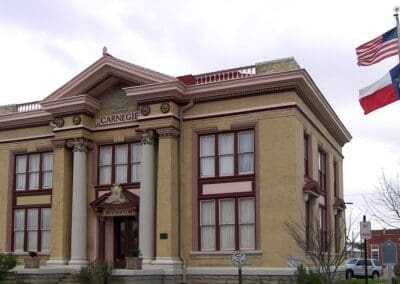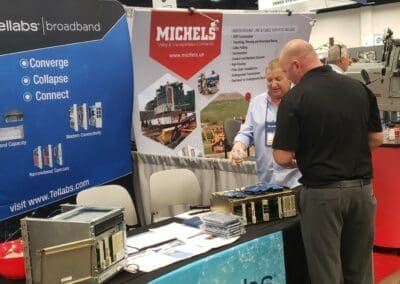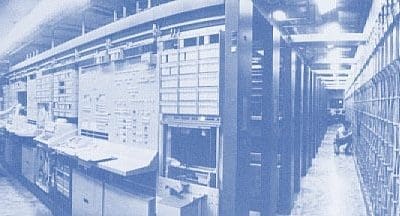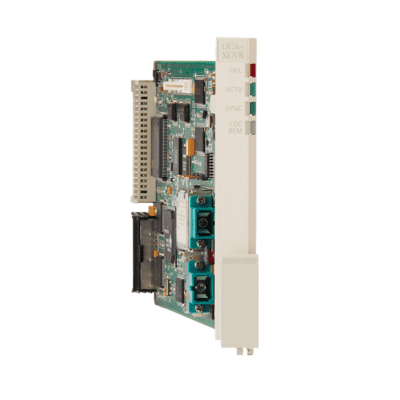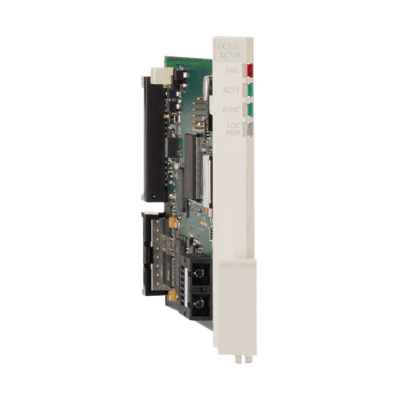Class-5 Switch Replacement
Tellabs 1000 MSAP was specifically created to cost-effectively support 100 percent of the Class-5 services over TDM or IP/Ethernet transport networks making it an ideal solution for network transformation initiatives.
Solving the challenges of Class-5 Switch collapse and replacement
As service providers transition their networks to an all-IP Ethernet-centric infrastructure, they are struggling with the challenges of Class-5 switch migration. Class-5 switches have reliably delivered POTS, Special Services and Business Services for many decades, but now the operation of these legacy network elements presents tough challenges:
- Lack of Support
- Lack of Expertise
- Greater Liability
- Increased Operational Expense
The Tellabs 1000 MSAP (aka T1000, DMAX, AFC, UMC) was specifically created to cost-effectively distribute 100 percent of the Class 5 services over TDM or IP/Ethernet transport networks. This capability will allow rehoming of services to a reduced number of Class-5 switches so that most can be removed from the network. The Tellabs 1000 MSAP also delivers IP DSL and Ethernet services, allowing for continuing network and service evolution long after the last Class-5 switch is finally retired. With the Tellabs 1000 MSAP, service providers can begin rehoming and removing Universal TR-57, TR-008 and GR-303 Class-5 switches today without giving up the services and revenue associated with them.
Quick Facts
- Eliminate liabilities by removing old MD’d equipment
- Cost-effective supports 100% of the Class-5 services over TDM or IP/Ethernet
- All services on one system for POTS, DSL, Specials, Hi-Caps and DS-3
- High-capacity T1, OC-3c, OC-12c or GigE for interterminal transport.
- Low-cost ports that provide required services, including special services
- Easy upgrade to IP/Ethernet with new cards and software
Helping service providers converge, collapse and connect their access networks.
Tellabs 1000 MSAP solutions
Tellabs 1000 can be used to converge, collapse and connect many different legacy analog switches, including:
- TR-057
- Universal
- TR-008
- GR-303
Service providers also can deploy the Tellabs 1000 as a line aggregation gateway (LAG), placing the LET and RST function in the same bay. In that case the LAG function can be located in the collapsing CO and will be transported to the host CO via ADMs and IDLC interfaces (either TR-008 or GR-303). The Tellabs 1000 also supports the collapse of a remote switch into a Class-5 switch, with the Tellabs 1000 taking over the function of the collapsed switch. The NNX code, which is derived from the host office, remains unchanged. All emergency stand-alone features remain within the host switch.
Tellabs 1000 MSAP deployment options
Tellabs 1000 MSAP can be used for Class-5 switch replacement. Customers in the collapsing CO receive their dial tone and services from that Class-5 switch; the interoffice facilities (IOF) trunks between the COs route their calls to other end offices. The local Class-5 switch handles call processing within this CO serving area.
Tellabs 1000 can be used collapsing a Class-5 switch into another Class-5 switch. The new receiving switch now processes all calls, and local copper pairs and cables as well as additional DLCs are consolidated in the Tellabs 1000 LAG bays. If the existing local DLCs are Tellabs 1000s, the service provider can consolidate existing Tellabs 1000 LET bays into the Tellabs 1000 LAG bays to reuse the “now spare” equipment at other locations. If the existing local DLCs are not Tellabs 1000s, the service provider can reterminate those central office terminals into the Tellabs 1000 LAG bays. The Tellabs 1000 LAG now handles call processing within the CO serving area.
Tellabs 1000 can also be used when collapsing a Class-5 switch into a softswitch. This collapse scenario requires the addition of a softswitch with a SIP Mediation gateway. The softswitch functions as an IP gateway, converting the TDM-based GR303 DS1 links from the Tellabs 1000 and transporting them to the softswitch.
Looking for more information?
If you still need additional details, and even greater technical explanation, then click on the “Download Overview” button below to access our comprehensive broadband solution overview.

